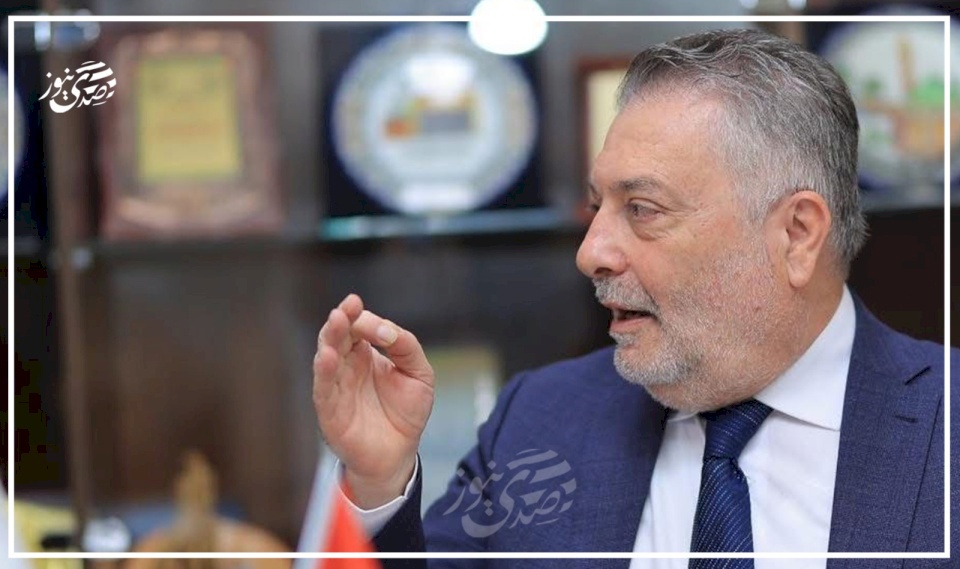
What comes after the New York Donors Conference? Emergency funds or a sustainable solution?
Between 1.2 billion required and 198 million committed… the financial future of Palestine remains uncertain
International donors gathered in New York earlier this month, attempting to send a political and economic support message to the Palestinians amid a crippling financial crisis that threatens the Palestinian Authority's ability to continue. However, after the official speeches and the calm of media coverage, the fundamental question resurfaces: What now? Will these pledges translate into tangible reality on the ground?
Political support with a financial facade
This year, the New York conference took on a more pronounced political dimension rather than being merely a fundraising event. It produced the "New York Declaration", which emphasized the right of Palestinians to their financial resources and called on Israel to stop deductions from clearance funds, which are a primary source of funding for the Authority.
According to the Minister of Planning and International Cooperation, Dr. Istifan Salameh, commitments reached 198 million dollars from six major countries, led by Saudi Arabia (90 million dollars), followed by Spain (50 million), Germany (30 million euros), along with contributions from Denmark, Norway, and Slovenia. With these contributions, the number of international donors supporting the Palestinian budget rises to 16 entities.
Implementation is the real challenge
While the announcement of aid sends reassuring messages, the financial reality of the Authority imposes a different rhythm. The crisis is intensifying, the financial deficit is worsening, and the government faces recurring difficulties in disbursing salaries and providing services. Hence, there is an urgent need for a swift transformation of these commitments, especially since Minister Salameh warned of the slow alternative paths, such as the World Bank or the "PEGAS" mechanism, calling for direct transfers to the Palestinian government.
Support conditioned on reform
The implicit message conveyed by the conference was not lost on observers: aid does not come without strings attached. Donors today require the implementation of structural reforms in financial management, including improving revenue collection, addressing net lending issues, and enhancing transparency and governance. These demands may seem challenging given the political and economic context, but they also present an opportunity to tidy up internal affairs and halt the bleeding of the treasury.
Israel: A permanent obstacle in the financial landscape
No financial discussion can be divorced from the Israeli factor. Israel continues to withhold about 12 billion shekels of clearance funds and controls the crossings, making the Palestinian economy hostage to political decisions. This has prompted Palestinian officials to call for genuine international pressure to ensure the cessation of these policies and to guarantee that resources reach their rightful owners without deductions or obstacles.
Funding gap... and the sustainability question
Numerically, the pledges remain far from meeting the minimum needs. The conference aimed to raise 1.2 billion dollars, while the announced amounts did not exceed 16% of that target. Worse still, some of these commitments are not recurrent, while the Authority needs commitments extending for several months.
With a monthly salary bill of around 260 million dollars, the promised funds are insufficient for more than one month, raising questions about the seriousness and sustainability of the support.
Additional flows... but conditional on processes
In addition to what was announced at the conference, there are other commitments from the World Bank (95 million dollars) and the European Union (300 million euros), but some of it has yet to be transferred. Additionally, bureaucratic processes and technical conditions may delay their arrival, necessitating quick coordination among the concerned parties.
A crisis without a solution unless politics moves
Despite the significance of the New York conference, it does not provide a comprehensive solution to the crisis. The Palestinian financial landscape remains fragile, relying on volatile external support amidst the ongoing occupation and slow internal reforms. Therefore, the success of the conference will be measured by whether these funds are disbursed quickly and translated into actual stability, or if they remain trapped in concluding statements.
Conclusion
The New York conference may mark the beginning of stirring stagnant waters in the relationship between Palestine and the international community, but the real impact will only materialize if there is political will, and if financial support accompanies comprehensive reforms and serious international pressure on Israel. Otherwise, the Palestinian Authority will remain dangling on the strings of promises... while the crisis widens.

ما بين إعلان الدولة الفلسطينية 1988 وواقعها اليوم

Drafting Committee of the Constitution... Symbolism, Invalidity, and Abstention

Independence… Between History, the Past, and the Present

Waiting for You, Mayor

The French... Governance or the State in the Palestinian Constitution

The "Joint List" Beyond the Knesset...

From the Ashes of Financial Deficiency... to the Independence of the Palestinian Economy:...

